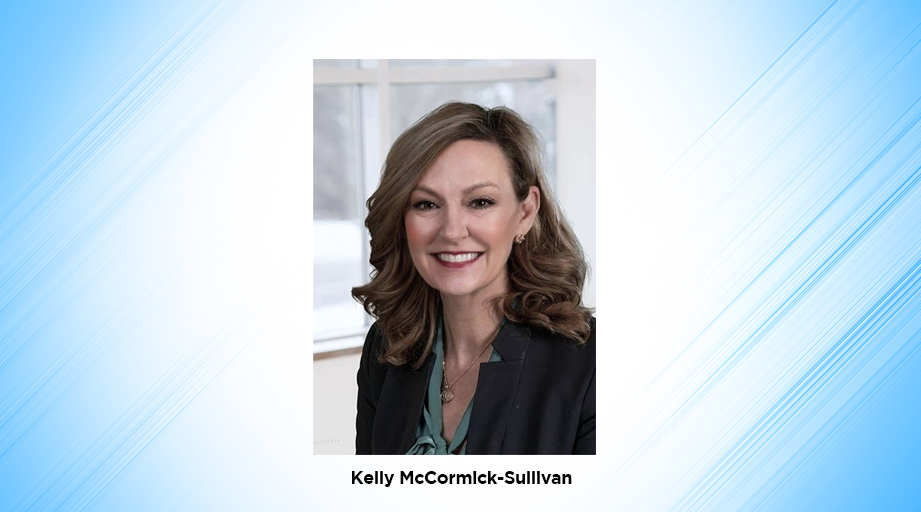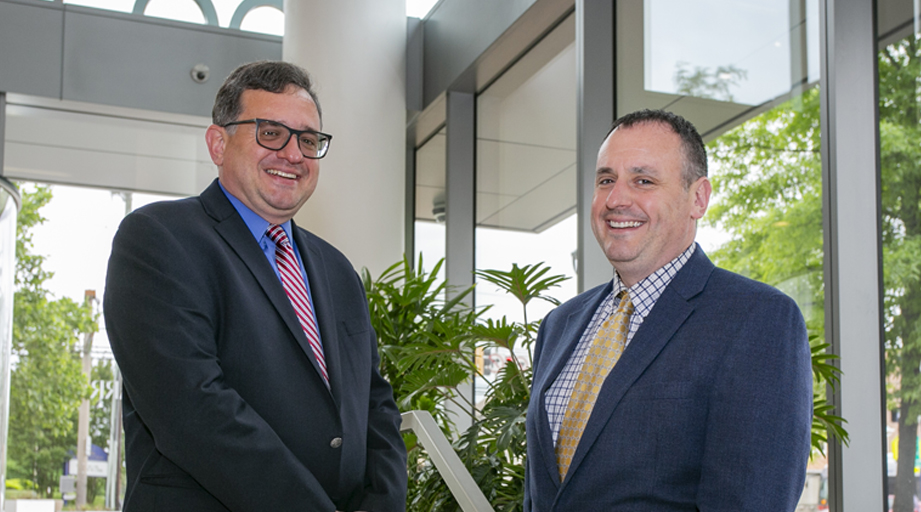
A pilot project at Hunterdon Medical Center in Flemington, New Jersey, is bringing pharmacist-provided medication therapy management services to homebound patients who are at high risk for medication errors.
The first round of the project involved just 9 patients but was nevertheless eye-opening, said Michael T. Mauri, clinical assistant professor at the Ernest Mario School of Pharmacy at Rutgers University in Piscataway, New Jersey. Mauri worked with the homebound patients as a postgraduate year 2 pharmacy resident at Hunterdon.
“It really gives you a greater appreciation for what these patients are dealing with at home,” such as mobility issues that can make climbing stairs to bed each night a major obstacle, Mauri said.
The 178-bed hospital’s home health service is a nonprofit organization that provides team-based care to homebound patients who have ongoing medical needs and require periodic visits for skilled nursing, physical therapy, occupational therapy, or speech-language therapy.
The 9 patients who were involved in the pilot project had 6.11 medical conditions, on average. The hospital’s records listed an average of 14 active medications per patient at the start of the project.
But those records didn’t fully capture what was happening in patients’ homes.
According to data presented during a poster session at ASHP’s 2018 Midyear Clinical Meeting in Anaheim, California, the home visits revealed 23 medication discrepancies, or an average of 2.56 per patient.
Mauri said half of the discrepancies involved patients who “were taking over-the-counter medications, and they were never listed on the medication list.”
He said most of those omissions were “pretty benign” medications, such as vitamins or acetaminophen.
“But there are certain situations with patients who are taking an over-the-counter medication where it could have a pretty serious interaction with a prescription medication. I was lucky in that I did not identify any of those during my small pilot project,” he said.
Other discrepancies involved wrong medication doses, incorrect directions for taking medications, and discontinued products that remained on the medication list.
During the visits, Mauri made a total of 35 interventions, such as clarifying dosages and directions for taking medications, counseling patients about their drug therapy, and answering patients’ questions.
“Patients had a lot of questions,” he said.
He recalled one patient who was recovering from community acquired pneumonia and had been prescribed doxycycline, which the patient knew only as a remedy for Lyme disease.
“I was able to explain to her how it’s not just used for Lyme. We use it for lots of other indications as well, including certain types of pneumonia,” he said. “She felt much better after that.”
Clinical Pharmacy Coordinator Ashmi A. Philips said the pilot project was launched after the home health team asked the pharmacy department for help improving transitional medication therapy management services for homebound patients.
Philips said the project will continue as a residency project but has been modified on the basis of lessons learned during the pilot.
Philips said the initial process involved a referral system through which a pharmacist would counsel home health patients who met specific criteria. But that process didn’t work smoothly, mainly because the home health service and pharmacy department use different electronic medical record systems and have different mechanisms for handling user accounts.
Mauri said that instead of waiting for referrals, “we collectively decided that I would just go on home visits with the nurses to sort of see what goes on there and where I could bring the most value.”
Going forward, Philips said, the pharmacy staff will receive a daily report by email listing home health patients who were admitted to the hospital.
She said that will give pharmacists an early opportunity to identify home health patients taking anticoagulants, opioids, hypoglycemic agents, and other high-risk medications. Those patients will be targeted for a pharmacist’s services while in the hospital and after discharge.
Philips said she didn’t perform home visits for the pilot project, but she has occasionally visited patients’ homes when asked to do so. In those instances, she said, patients said they appreciated having the opportunity to discuss medications in a comfortable environment — and to have a pharmacist fill and verify the contents of patients’ pillboxes.
As with the pilot project, Philips said, the most surprising thing she observed during those visits was the amount of unreported medications, herbal products, and supplements the patients were using.
[This news story appears in the June 1, 2019, issue of AJHP.]









